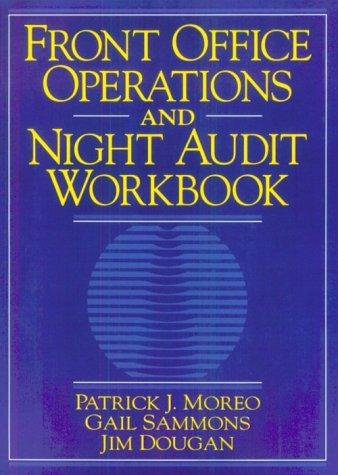
2. CRITICAL THINKING CASE (REVENUE RECOGNITION) appy Trails, Inc., is a popular family resort just outside Yellowstone National Park. Summer is the resort's busy season, but guests typically pay a deposit at least six months in advance to guarantee their reservations. the resort is currently seeking new investment capital in order to expand operations. The more profitable Happy Trails appears to be, the more interest it will generate from potential investors. Ed Grimm, an accountant employed by the resort, has been asked by his boss to include $2 million of unearned guest deposits in the computation of income for the current year. Ed explained to his boss that because these deposits had not yet been earned they should be reported in the balance sheet as liabilities, not in the income statement as revenue. Ed argued that reporting guest deposits as revenue would inflate the current year's income and may mislead investors. Ed's boss then demanded that he include $2 million of unearned guest deposits in the computation of income or be fired. He then told Ed in an assuring tone, "Ed, you will never be held responsible for misleading potential investors because you are just following my orders." Instructions Should Ed Grimm be forced to knowingly overstate the resort's income in order to retain his job? Is Ed's boss correct in saying that Ed cannot be held responsible for misleading potential investors? Discuss. Ford Motor Company uses FIFO and LIFO to account for different segments of its inventories. A note to the company's most recent financial statements indicated that if FIFO had been used for the entire inventory, the total amount of inventory would have been almost $1 billion higher ($8.3 million vs. $7.3 billion) Indicate whether each of the following financial measurements would have been higher, lower, or unaffected had Ford Motor Company used FIFO for its entire inventory. Explain the reasoning behind your answers i. Gross profit rate. Reported net income. Current ratio (Ford's current ratio is greater than 1 to 1). Inventory turnover rate. v. Accounts receivable turnover rate. vi. Cash payments made to suppliers. vii. Net cash flow from operations (Ford's operating cash flows are positive). b. Provide your own assessment of whether using LIFO has made Ford Motor Company more or les (1) liquid and (2) well-off. Defend your answers. iv








